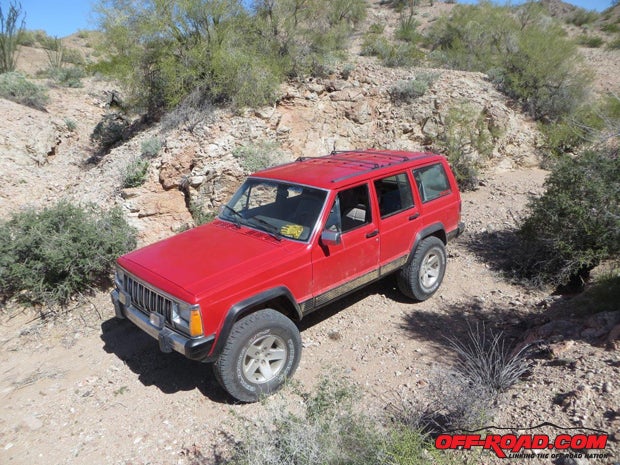
If you’re experiencing leaking fuel injectors, you might think new O-rings will correct your engine’s fuel delivery problems, but you’d probably be wrong. O-rings might do the job but usually they are only a temporary fix. If your fuel system is leaking all over the intake manifold through the injectors, you’ll need to replace the injectors. And if you can change the O-rings, you can change the injectors. But you’ll still need a good shop manual.
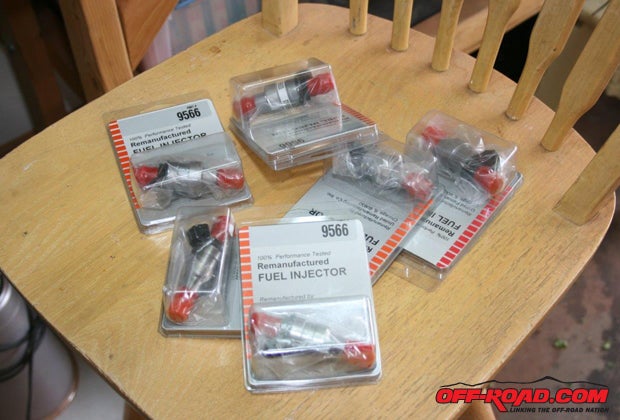
This is how we discovered the 1990 Cherokee’s injectors were bad; they were spraying more fuel on the engine than in the engine. It was at night and all we noticed was a very slight gas odor, so we thought it was a minor leak back at the fuel tank. We parked the Cherokee and forgot about it until the next morning. While it was warming up we decided the check for fuel leaks. Beneath the engine it looked like the fuel pump was pumping gas directly on the ground with none getting to the cylinders! We killed the engine immediately! The new O-rings had quit working.
If you’re not comfortable working with the fuel system—and you should be extremely competent because of the gas’s volatility—find a good shop in your area with experienced and competent techs. If you are okay working on the system, first find a good shop manual for the year and model of your Jeep at a local auto parts store (Amazon is a good source, too). Make sure the manual includes good instructions and photos on the fuel injector installation. For instance, we used a Haynes Repair Manual for the Jeep Wrangler, 1987 through 2008, which uses the same 4.0L straight six as the 1990 Cherokee Laredo (the vehicle we used for photography).
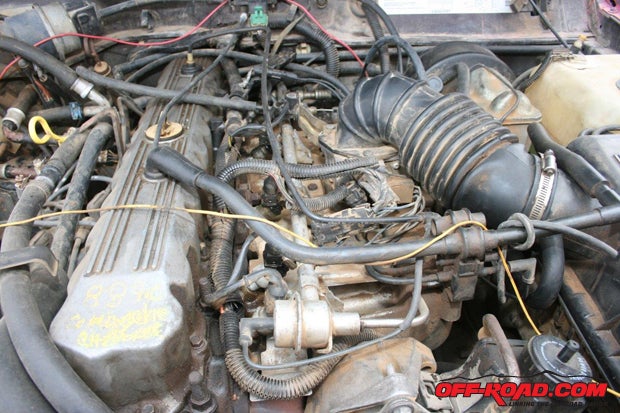
Author’s Note: Exchanging the injectors will be the same for all Jeep 4.0L engines, only the external accessories might be different and/or in different locations.
Although we found that the instructions in our Haynes Repair Manual were very complete and excellent, there were a few steps that we felt were unnecessary. Read through all the instructions a couple times before you begin the procedure, and try to identify each component as it’s mentioned. Do this a few times. Trust me; this will work in your favor later on when you’re deep into the task.

Summit Racing offers remanufactured fuel injectors and new units for the Jeep 4.0L straight six. Since the XJ is 25 years old—and we’re not trying to restore it back to showroom fresh, but just be able to run the trails and cruise the highways and byways—we chose the remanufactured injectors. SR also offers a full line of Haynes Repair Manuals.
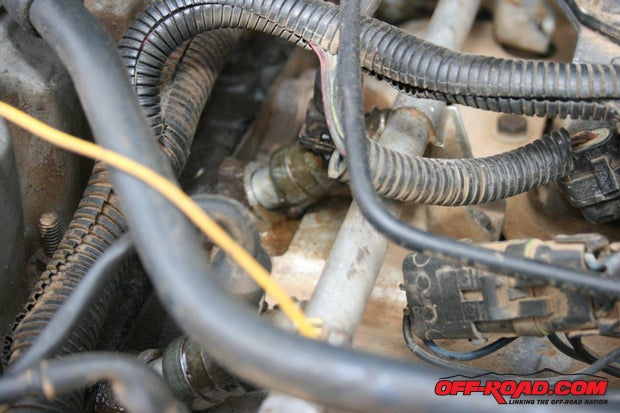
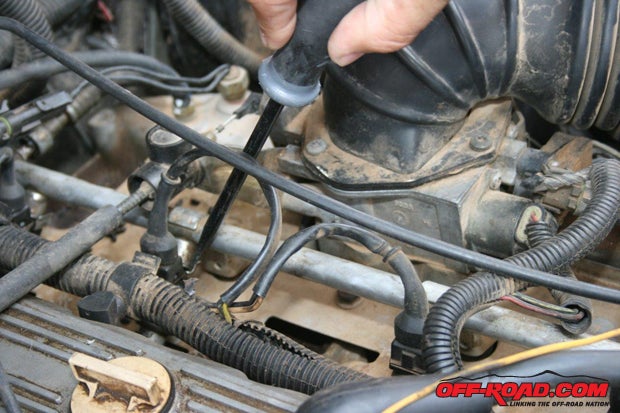
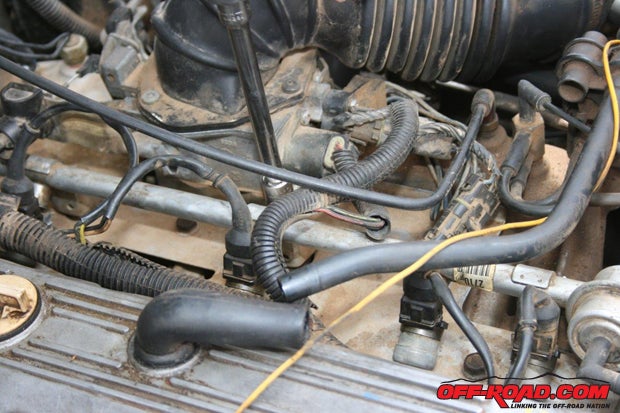
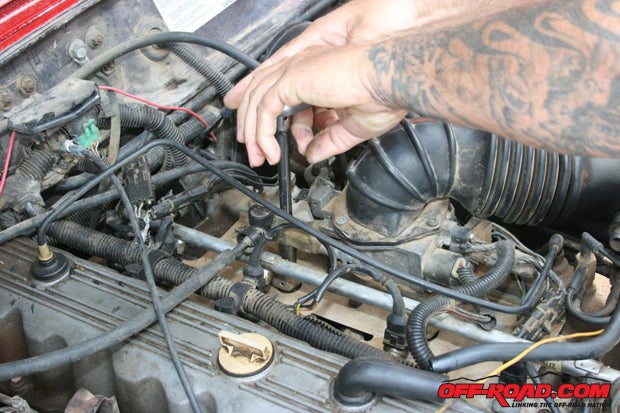

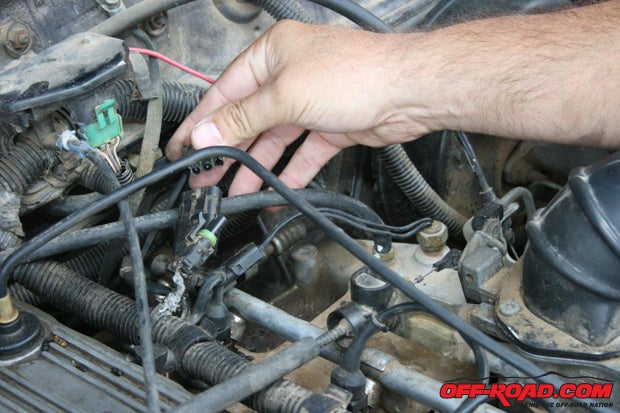
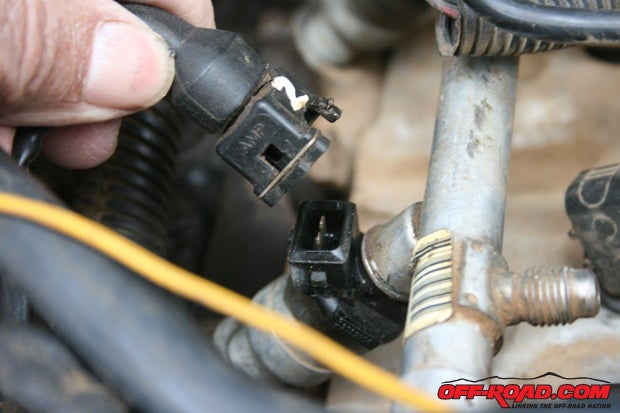

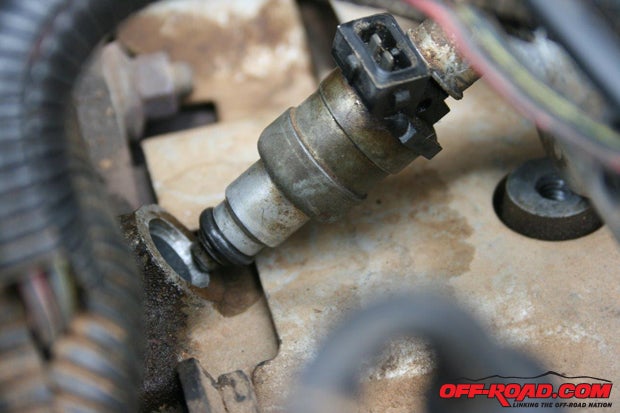
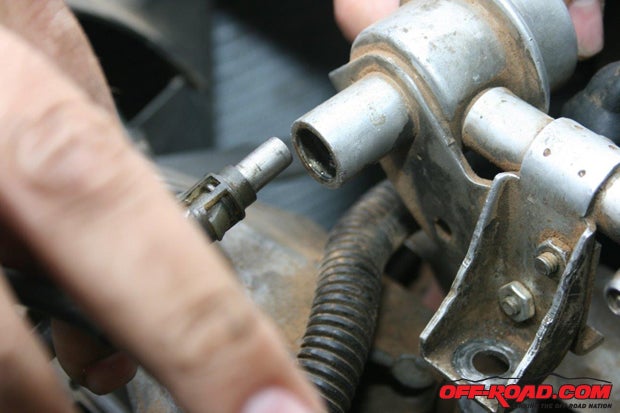
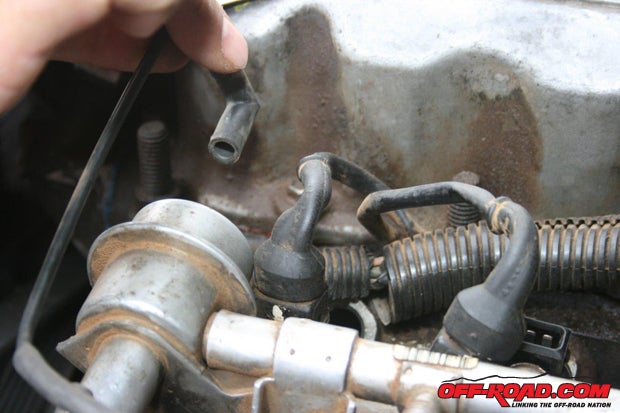
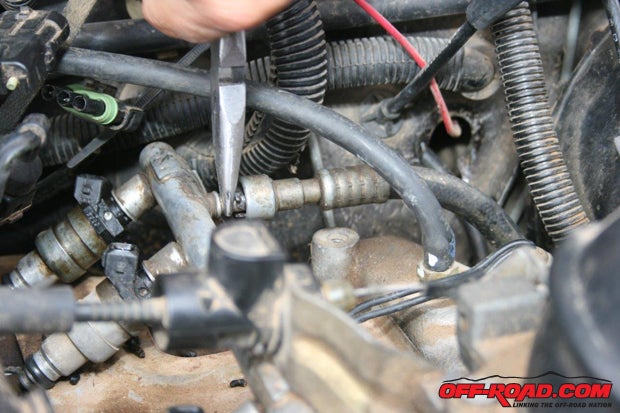
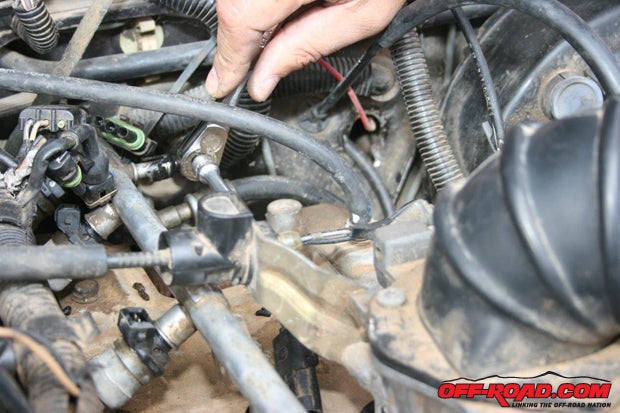

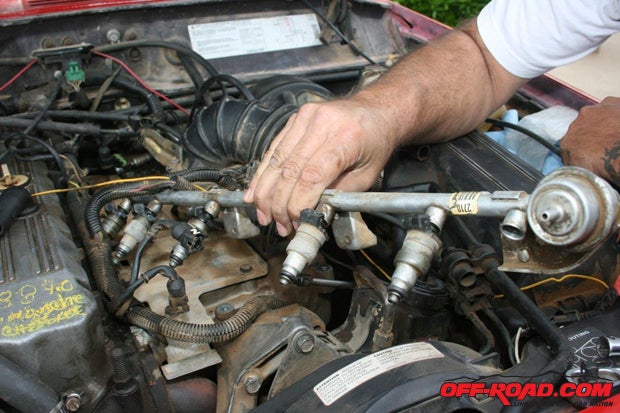
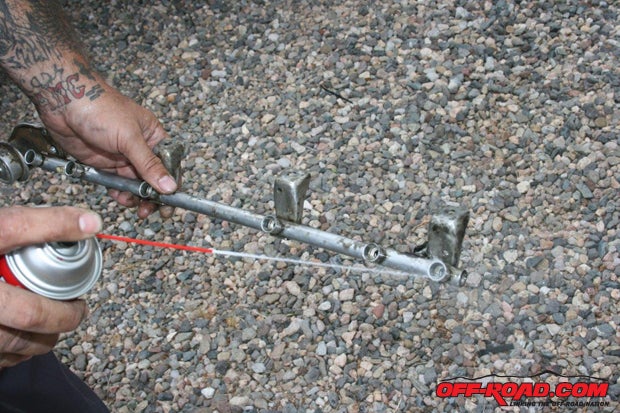
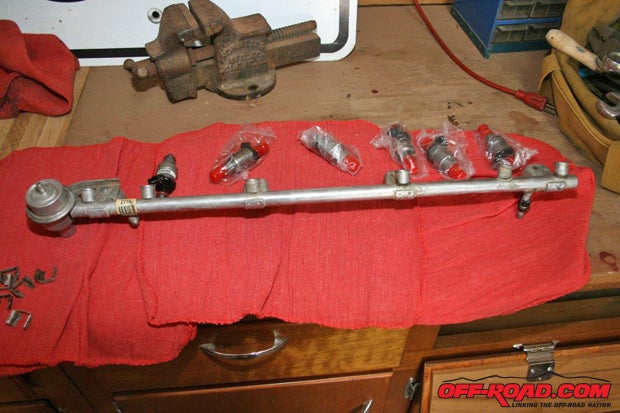
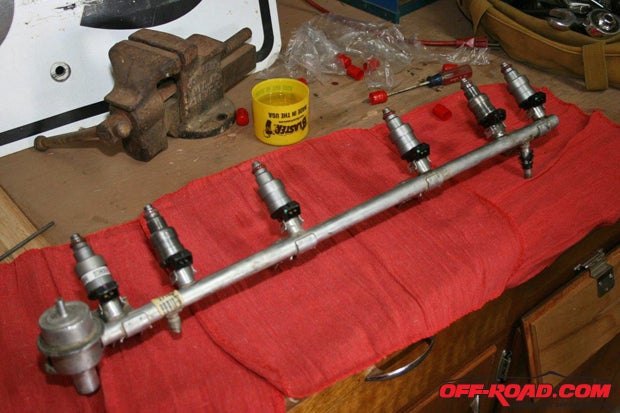
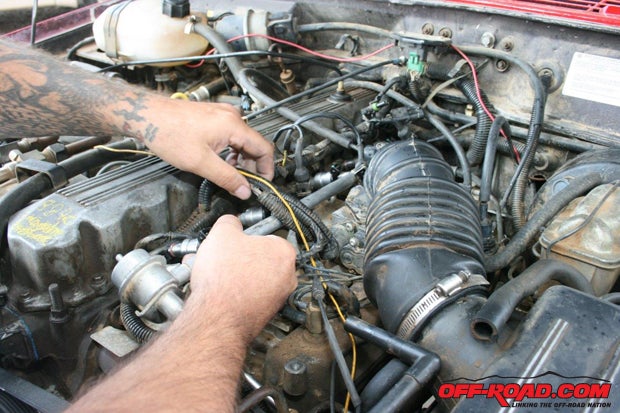
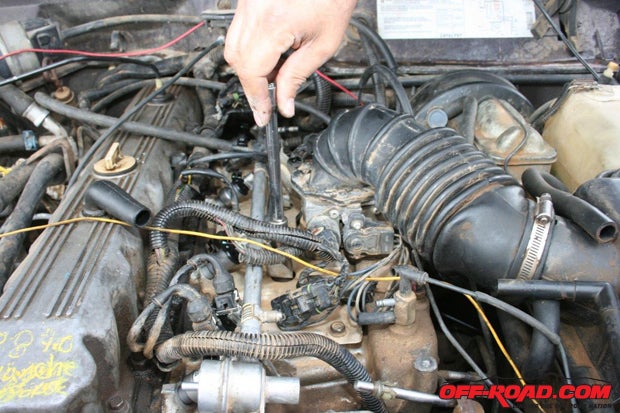
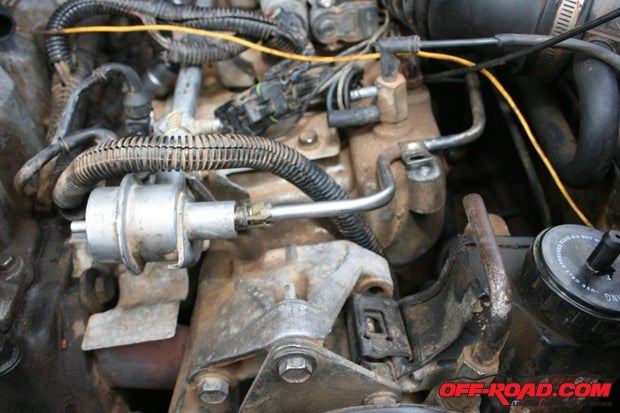
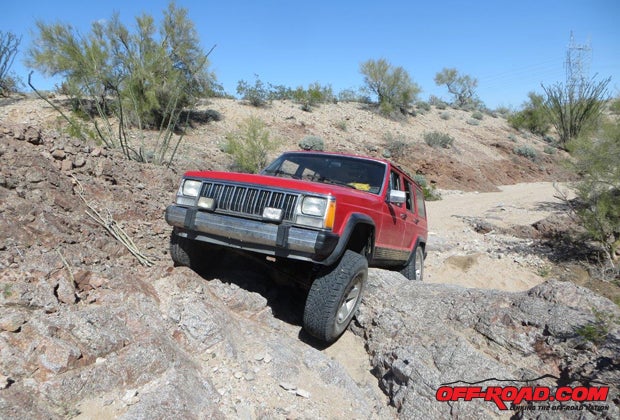
SOURCE
Summit Racing
http://www.summitracing.com/


 Your Privacy Choices
Your Privacy Choices